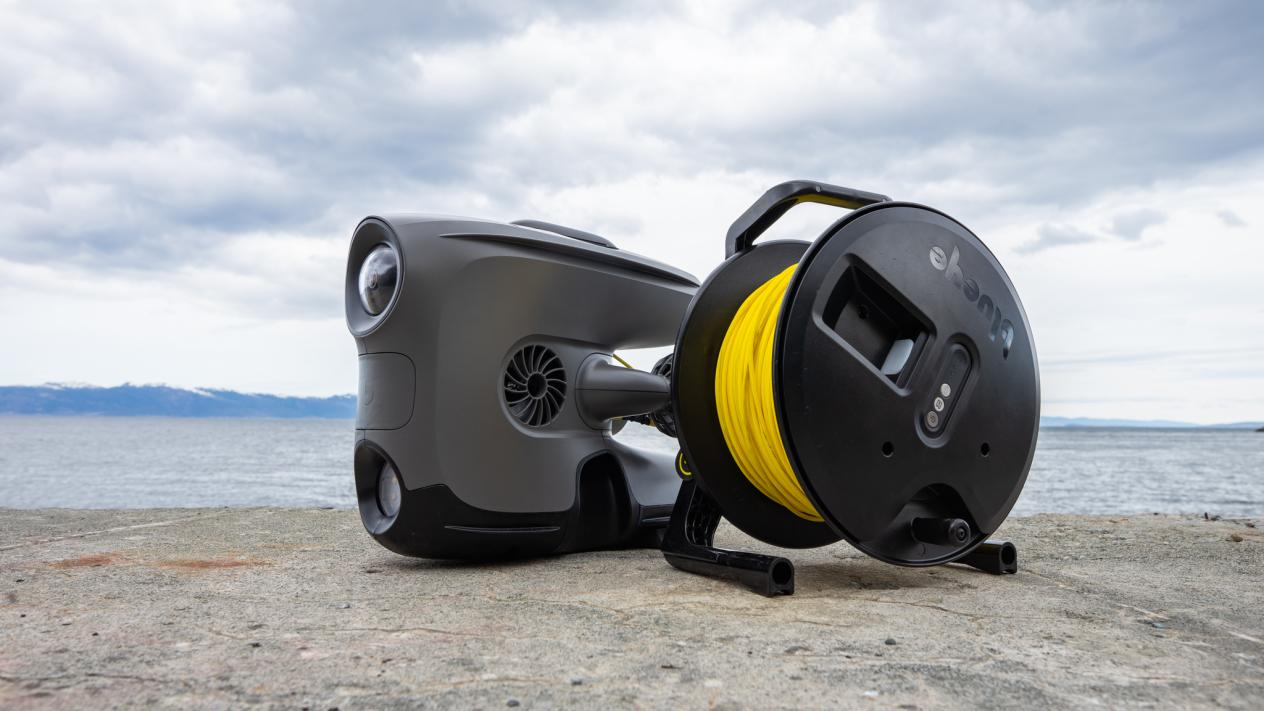The gaseous oxygen is dissolved into water, making the dissolved oxygen an important parameter of aquatic life and directly affecting the well-being of the marine ecosystems and success of the aquaculture activities. Stable DO sensors are important in maintaining the water conditions at the best state, research purposes, and enhancing effectiveness of a marine industry.
Maintaining Healthy Aquaculture Systems
Fish and shellfish in aquaculture are directly impacted by the presence or lack of oxygen in their growth, survival, or resistance to the disease. Reduced levels of DO may result in stresses, low growth rates and even mass killings. Real-time monitoring can be achieved through high-precision DO sensors; farmers can modify aeration systems to achieve the perfect oxygen concentration to attain the best results.
Supporting Marine Ecosystem Research
In marine science, precise DO measurements help to examine the specified conditions such as hypoxia (oxygen-depleted zones), climate change impacts, and environment dynamics. Use of DO sensors enables monitoring of a pulse decrease due to algal bloom, pollutant or a result of temperature change, and can be used to aid conservation movements, and policy formulation.
Preventing Hypoxia in Coastal Waters
The oxygen level may be depleted by industrial discharge and the runoff of their actors which makes the ocean become a dead zone that does not support life. The details of the presence and absence of DO can assist in recognizing appropriate reactions to a progressive state of hypoxia early, which allows preemptive action to save the fisheries and biodiversity.
Ensuring Sensor Reliability in Harsh Environments
There is also the use of advanced DO sensors targeted and suited to the marine environments that provide the long-term stability and anti-fouling abilities coupled with high accuracy in even adverse conditions. With such accessories as automatic calibration and durable material, both uses of aquaculture and deep-sea research are reliable with its use.
Conclusion
Dissolved Oxygen sensors are unavoidable in education of sustainable aquaculture and marine science. With their accurate data in real-time format, they assist in optimization of aquatic farming, protection of marine life, and ocean studies.

